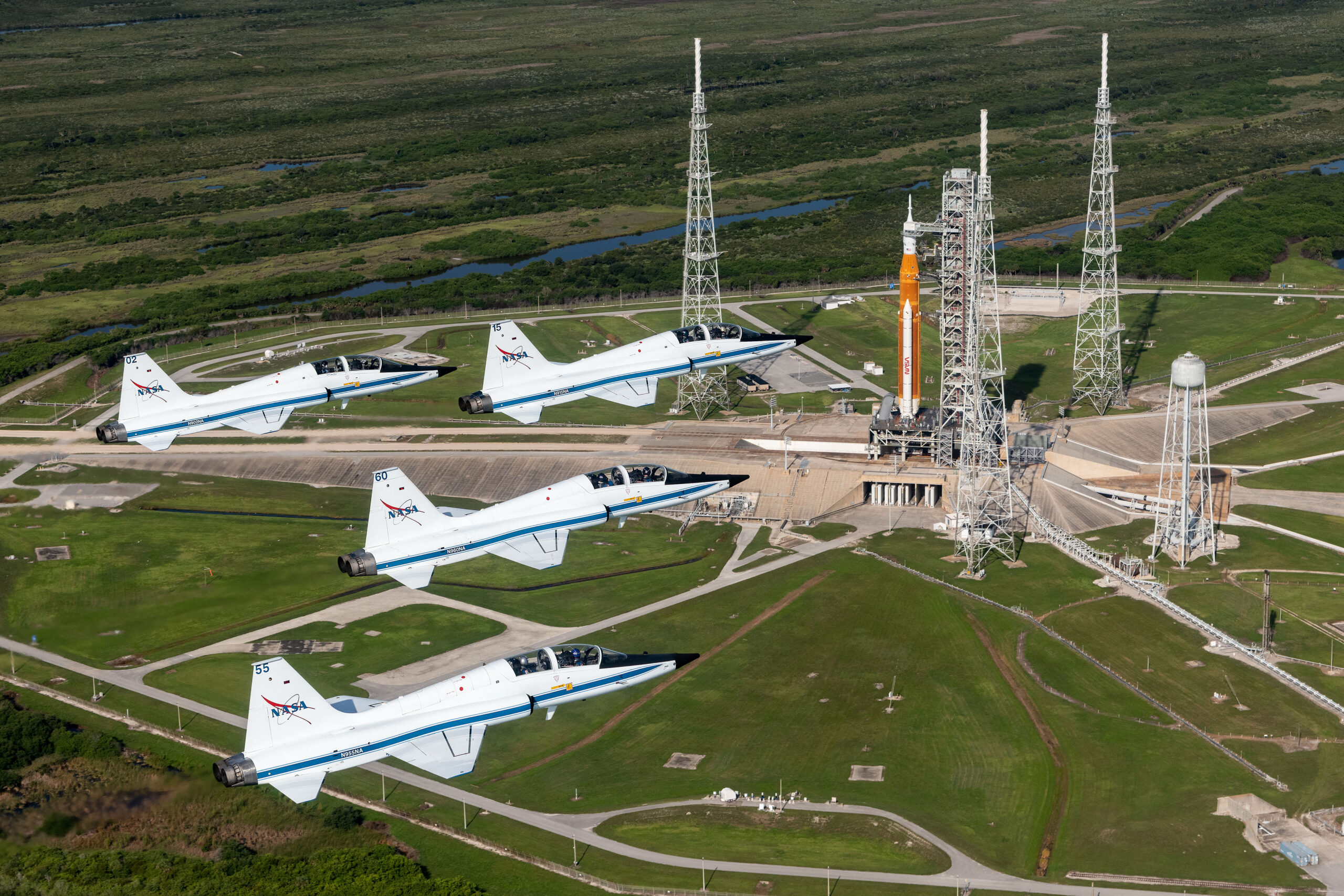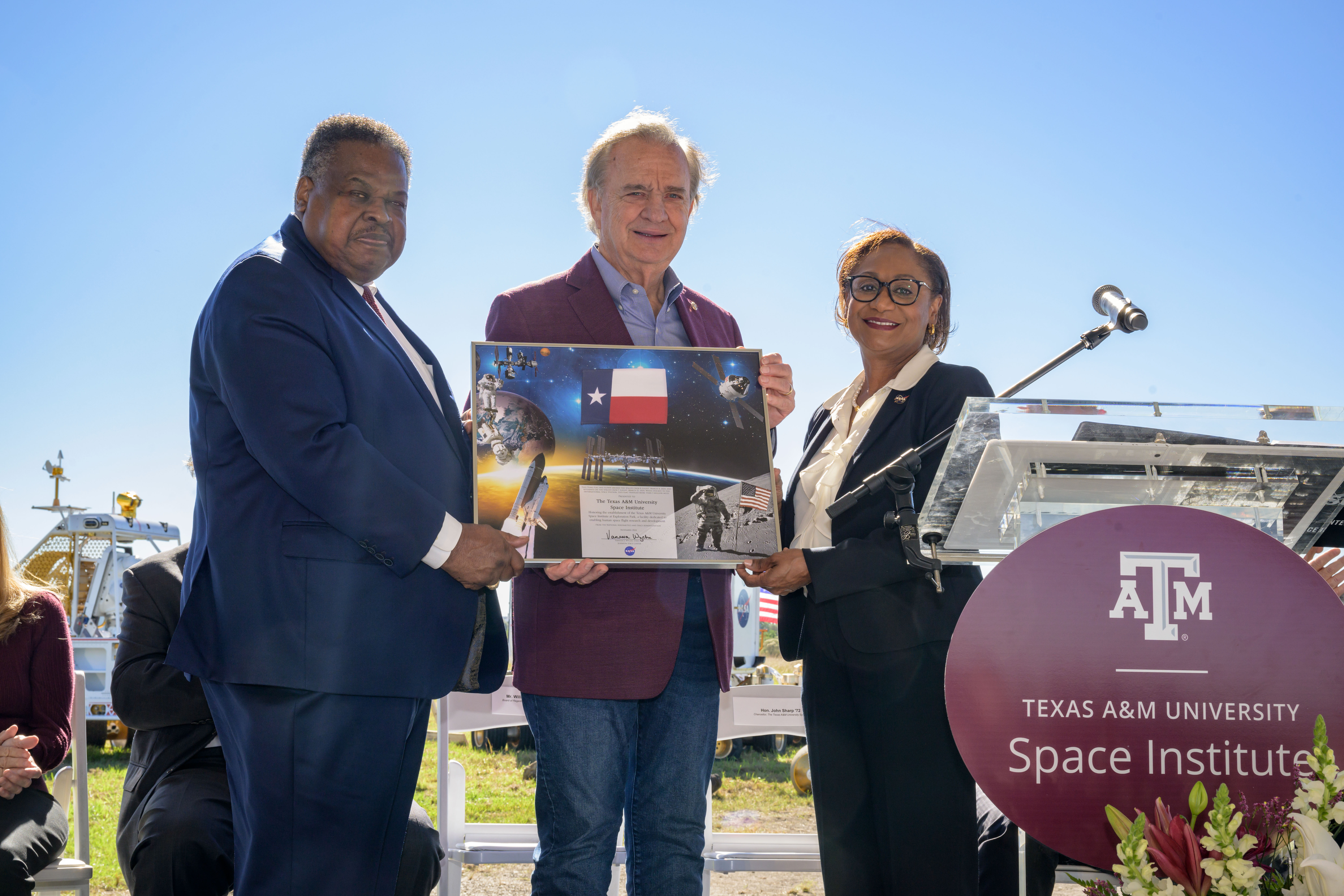Behind the Lens: Capturing NASA’s Legacy at Johnson Space Center
In the heart of NASA’s Johnson Space Center in Houston, a dedicated team of photographers, imagery acquisition specialists, analytic scientists, and graphic designers work tirelessly to create visual narratives that document the pivotal moments in space exploration. This team’s work spans from the iconic Apollo missions to the ambitious Artemis campaign, ensuring that NASA’s rich history and the stories of the people behind its monumental missions are captured with creativity and precision.
A Collaborative Effort
The creation of these visual narratives is a collaborative effort involving several specialized teams within the Johnson Space Center. The Mission Imagery team, the Image Science and Analysis Group (ISAG), and NASA’s Office of Communications (OCOMM) each play a critical role in this endeavor. Together, they ensure that the images, videos, and graphics produced are not only accurate but also artistically compelling, inspiring generations of space enthusiasts.
“Behind every great leap for mankind, there is the courage, determination, and teamwork of people committed to pushing the boundaries of what’s possible,” said NASA photographer Josh Valcarcel.
The Imagery Acquisition Group
The imagery acquisition group operates eight different camera systems to capture a diverse range of visuals. These include high-definition videos, high-speed digital motion pictures, and spherical 360-degree panoramas. This team documents everything from engineering tests to astronaut training and mission control operations. They are certified to fly on parabolic flights, T-38 jets, and helicopters, enabling them to capture pivotal moments in space exploration history.
“We consider ourselves exceptionally fortunate to contribute our passion to an esteemed agency, aiming to evoke joy and enduring memories through our imagery,” said NASA photographer Robert Markowitz.
Processing and Archiving
Once the images are captured, the photo operations team steps in to process them using advanced software. This includes enhancing image quality, performing color corrections, and ensuring that every visual meets NASA’s high standards. Each frame is meticulously archived, including photos taken by astronauts aboard the International Space Station. This meticulous archiving ensures that these invaluable visuals are preserved for future generations.
“None of what we deliver would be possible without the work of the photo laboratory,” said Mark Sowa, the imagery acquisition group lead with over three decades of experience in scientific photography.
The team also manages the preservation of original Apollo mission films, which are stored in a specially built cold storage vault. Their goal is to preserve these films in both digital and physical formats for the benefit of future generations.
Image Science and Analysis Group (ISAG)
The ISAG team has a different but equally critical mission. This group of scientists performs complex and in-depth analyses of engineering imagery. Their work involves evaluating the performance of space vehicles, dynamic events, and anomalies by measuring distances, sizes, motion, and hardware conditions. These analyses provide crucial insights that are essential for successful mission execution.
“At NASA, we often say ‘the camera is the mission’ because in every image, there’s a story to be told – whether it’s one of engineering analysis or human inspiration,” said Dr. Kenton Fisher, the ISAG lead. “Our work helps ensure crew safety and provides insights that drive the next giant leap in space exploration.”
Data Visualization
ISAG’s data visualization techniques bring their analyses to life, making complex engineering data understandable and actionable. These visualizations are crucial for mission planning and execution, contributing to the overall success of NASA’s endeavors.
Office of Communications (OCOMM)
NASA’s OCOMM graphics team collaborates closely with the imagery acquisition group, astronauts, and subject matter experts to create visuals that symbolize NASA’s missions and values. Their work ranges from designing mission patches to creating educational infographics that reach museums and schools nationwide. These designs play a significant role in inspiring future generations and showcasing NASA’s commitment to exploration, innovation, and education.
“Every design we create is a piece of a larger narrative, helping to tell the story of space exploration in a way that’s engaging and accessible to everyone,” said Sean Collins, Johnson’s lead graphic designer.
Celebrating Achievements
The combined efforts of these teams ensure that NASA’s achievements are not only recorded but celebrated worldwide. One memorable moment captured by NASA photographer Bill Stafford was a photo of the Moon juxtaposed with the U.S. flag above the Mission Control Center, symbolizing America’s space achievements.
“I feel a weight because my job is important,” Stafford said. “I want people to look at my pictures and see what I was able to see.”
Importance of Visual Documentation
The work done by these teams at NASA’s Johnson Space Center highlights the importance of visual documentation in space exploration. Through their lenses, they capture the essence of each mission, the dedication of the people involved, and the technological marvels that make space exploration possible. These visuals serve as both historical records and sources of inspiration, ensuring that the story of space exploration is accessible to all.
Technical Jargon Explained
For those unfamiliar with some of the technical terms mentioned:
- Parabolic Flights: These are flights that follow a parabolic trajectory to create a short period of weightlessness, similar to what astronauts experience in space.
- T-38 Jets: These are supersonic jet trainers used by NASA for astronaut training.
- High-Speed Digital Motion Pictures: These are videos captured at very high frame rates, allowing slow-motion playback to analyze fast-moving events.
- Spherical 360-Degree Panoramas: These are images that capture a full 360-degree view, providing an immersive visual experience.
Conclusion
The work being done at NASA’s Johnson Space Center is a testament to the power of collaboration and the importance of visual storytelling in documenting human achievements in space. Through their collective efforts, these teams ensure that NASA’s legacy is preserved and celebrated, inspiring future generations to continue exploring the final frontier. The next time you see an awe-inspiring image from NASA, remember the dedicated professionals behind the lens who make it all possible.
For more Information, Refer to this article.
































